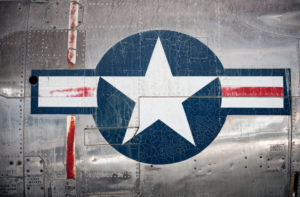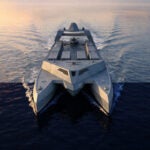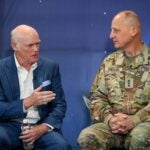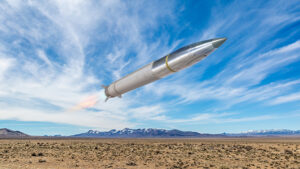
U.S. Air Force Secretary Frank Kendall has said that his top technology priority is "autonomous behaviors and artificial intelligence decision support," and he has suggested that the F-35 fighter and the Next Generation Air Dominance (NGAD) manned fighter could serve as play callers for autonomous Collaborative Combat Aircraft (CCA). For CCA, the Air Force may glean lessons learned from other manned-unmanned teaming efforts, such as the Skyborg Vanguard program, and may take a step toward equipping fighter squadrons with some…














